Is there a more iconic console than the PlayStation 2? Later generations might have blown it out of the water in terms of performance, but for what the PS2 represented to so many budding gamers back in the early 2000s, it surely stands up as one of the most important pieces of hardware of its generation. For all the Red Dead Redemption 2’s and Uncharted 4’s we might enjoy in the modern era, those days were unquestionably filled with a special kind of pixelated magic.
Also unquestionable was the breadth of games on offer, especially in an increasingly endangered mid-tier. With the neon-soaked style of GTA: Vice City, the peerless horror of Resident Evil 4, the haunting beauty of Shadow of the Colossus and the relentless brutality of God of War, the PS2 truly did have something for everyone at a time when studios seemed more focused on player experience than on making money selling Fortnite skins. While greats such as Metal Gear Solid or Prince of Persia might be some of the first to be conjured up when thinking about such a diverse bevy of greatness, a few gems have inevitably fallen through the cracks.
With this list of the most underrated PS2 games, it isn’t too late to discover your newest favourite title.
1. The Lord of the Rings: The Third Age
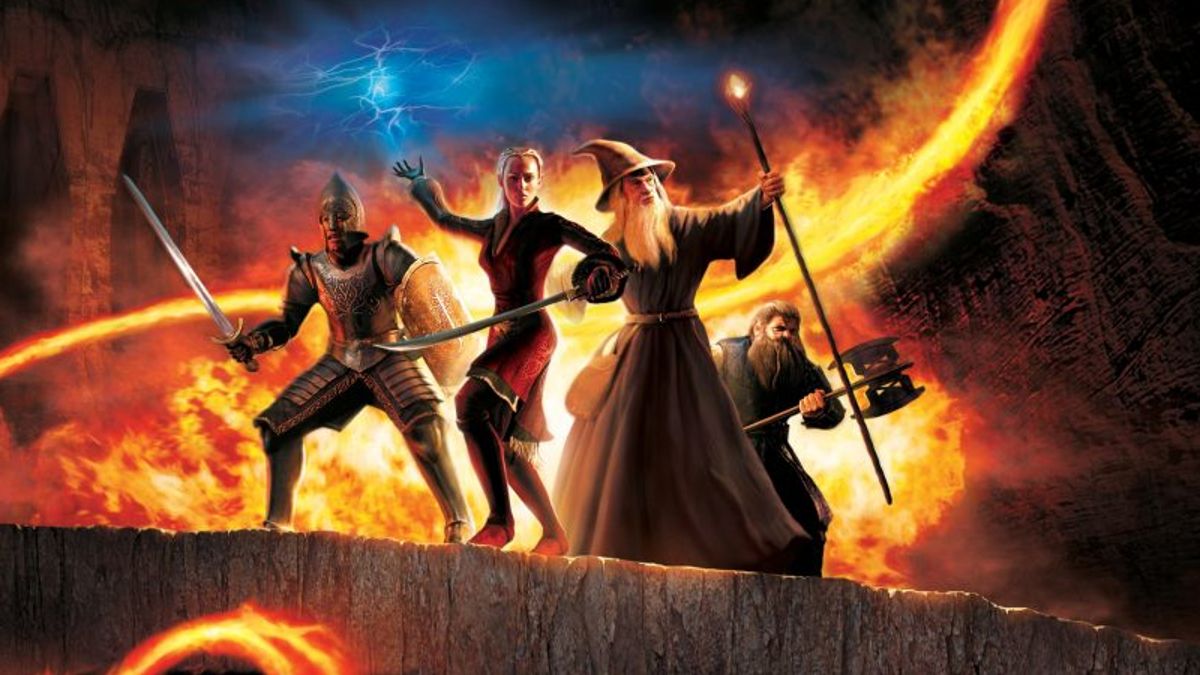
Developer: EA Redwood Shores
Publisher: EA Games
There have been dozens of Lord of the Rings games released over the years, so much so that it would be almost impossible to keep tabs on every game bearing the Tolkien brand seal of approval. More than twenty years since Peter Jackson’s definitive trilogy, the lore of Middle-earth has still proved a safe bet among a receptive gaming audience.
It was inevitable, then, that some LOTR games would receive more love than their counterparts. The licensed movie tie-ins, especially the exceptionally enjoyable Return of the King made as many memories for children of the 90s as the actual films did, while Middle Earth: Shadow of Mordor reinvented the genre for a whole new generation of orc slayers.
Lesser known and far less appreciated was The Third Age, EA’s ambitious RPG that looked to exploit the success of the Final Fantasy franchise by taking its turn-based combat and transposing it into a Lord of the Rings game. Following a storyline that runs parallel to the main action of Tolkien’s epic, The Third Age’s own protagonists often felt like own-brand versions of the iconic characters on whom the game refused to shine much of a light. Nevertheless, once the game gets into its stride (and a few fan favourites pop up to lend a hand), The Third Age blossoms into a hugely enjoyable RPG that still stands up today.
2. The Bouncer

Developer: Dreamfactory, SquareSoft
Publisher: SquareSoft
The world’s number one defenders of The Bouncer have logged on to declare that the game is underrated, actually. Is it the best game ever made for the PS2? No, far from it, but as perhaps the earliest example of a beat ’em up on the PS2, The Bouncer was a bold first step into what was the future of gaming, and no-one’s first step is ever perfect.
The Bouncer’s story encouraged multiple playthroughs with all three characters, as each revealed new details and backstory about the whole game, the graphics are still considered among the PS2’s best, while the game sported perhaps the goofiest ragdoll physics ever seen in a game. One strong kick and characters would fly around a level like they just launched themselves down a slip ‘n’ slide. Again, The Bouncer is massively flawed, but entertaining and certainly underrated.
3. The Getaway: Black Monday
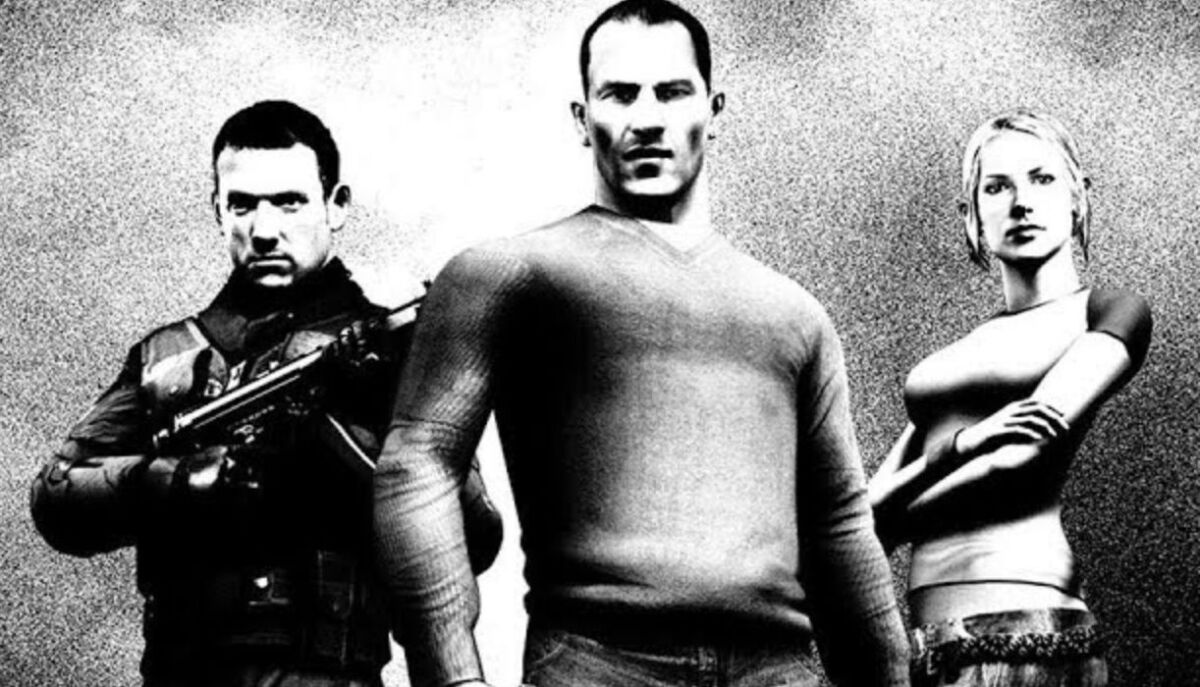
Developer: London Studio
Publisher: Sony Computer Entertainment
At a time when Guy Ritchie had made wise-cracking London gangsters the affable anti-heroes du jour and games like Midtown Madness and GTA were showing the potential of explorable open world cityscapes, Team Soho’s The Getaway came at just the right moment. A sort of flawed, messy masterpiece of a game, The Getaway was actually one of the first to prove that the GTA format could really work before Vice City, San Andreas or subsequent Auto entries had polished the emergent rough diamond to a shining gleam.
The trick couldn’t quite be repeated the second time around, certainly not in terms of financial success. While the first game reportedly shifted around four million copies, the follow-up only managed half that figure, leading a proposed threequel to be trapped in development hell before it was finally canned for good. It’s a shame considering that the game that killed the franchise was far more of an underappreciated work in progress than a stone-cold dud.
What Black Monday did have was a real sense of the cinematic, its desire to emulate the grand scale car chases and heists of the movie screen clearly evident in every tire squeal and back-alley shootout. There were times when the whole experience could feel a little barren when the towering backdrop of London’s tower blocks and skyscrapers failed to really render, but when Black Monday clicked into place, it was one hell of a ride.
4. The Red Star

Developer: Acclaim Studios Austin, Archangel Studios
Publisher: XS Games
Usually, game tie-ins are related to a property that lots of people have heard of, which is why The Red Star was an interesting choice to receive a PS2 game. Based on an obscure, but still beloved comic book series from the 2000s, The Red Star video game featured the same characters and world as the comics, told through a shoot ‘em up style of gameplay that featured lots of enemies, massive bosses and plenty of fun.
While the excellent gameplay of The Red Star that’s gone largely overlooked since its release would make it worthy of an underrated games list, it very nearly didn’t come out. The Red Star was due for release in 2004, with press reviews circulating at the time, but before launch, developer and publisher Acclaim went under. XS Games would purchase the game’s rights in 2005, but we’d still have to wait until 2007 to actually play The Red Star ourselves. It’s the story of the little game that could.
5. Way of the Samurai

Developer: Acquire
Publisher: Spike (JP), Bam! Entertainment (NA), Eidos Interactive (PAL)
2002 was a mammoth year for video games. Ratchet and Clank, Splinter Cell, GTA: Vice City, Mortal Kombat: Deadly Alliance — the list goes on and on. Little wonder, then, that Acquire’s Oriental action-adventure epic Way of the Samurai ended up being somewhat buried under a slew of unrelenting excellence.
Like so many underrated PS2 games, Way of the Samurai feels like an intimate affair that puts its energies predominantly into gameplay and story, finding its niche and executing it effectively. In fact, the katana-clanking combat is the best aspect of Acquire’s samurai epic, allowing you to live out the ultimate fantasy of being a deadly ronin without the hassle of potentially losing a finger, limb, or head.
The most notable aspect of Way of the Samurai was its innovative branching story mechanics whereby the player’s decision at one point in the narrative would have drastic implications for how the story turned out in the end. Multiple endings and infinite player choice might be something we take for granted now, but not that many games were doing it way back in 2003.
6. Gregory Horror Show

Developer: Capcom
Publisher: Capcom
While time has certainly been a lot more favorable to Gregory Horror Show over the years, thanks to its coverage and remembrance in other articles similar to this (but obviously not as good), there’s still no denying that when Gregory Horror Show launched, it flopped. That’s not really surprising, considering it’s an adaptation of a CGI anime that didn’t even air outside of Japan, but those who did take a punt on this curio found a game unlike any other.
A game that kind of defies pigeon-holing, Gregory Horror Show can only really be described as a stealth survival horror blend, with players controlling a child who, while lost in the forest with no memories of their past, finds themselves at Gregory House. A hotel with no escape for the player, you must steal the lost souls held by the other residents in order to fulfill a pact with Death and escape. It sounds grim, but there’s a cutesy art style to it all, making the whole game absurd, unsettling and unforgettable.
7. Shadow of Rome
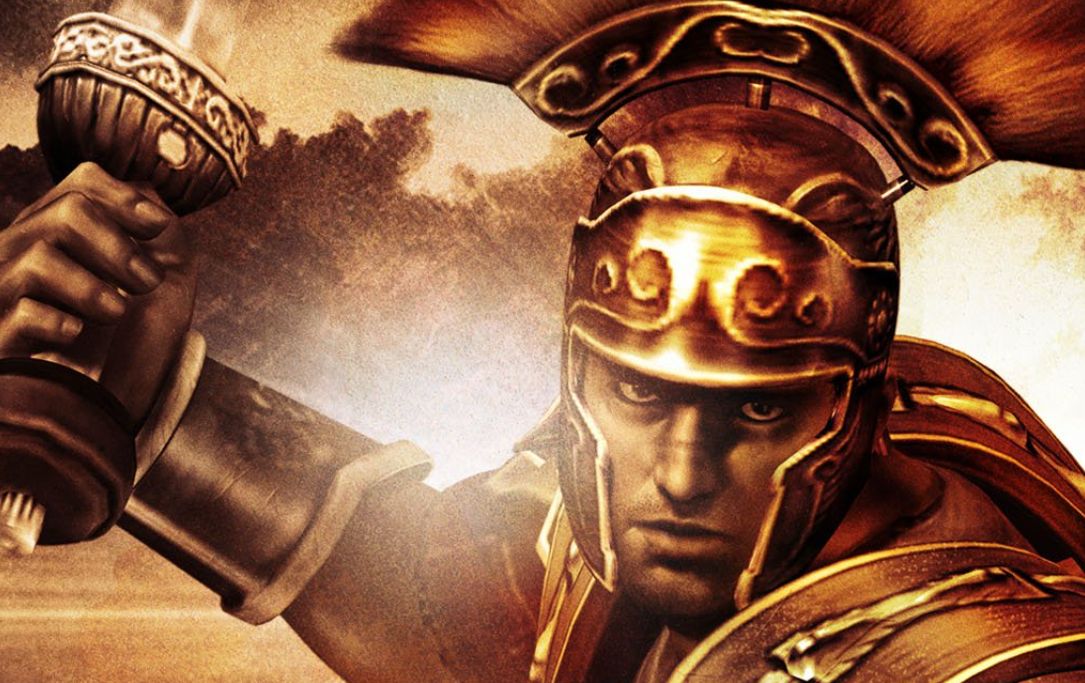
Developer: Capcom Production Studio 2
Publisher: Capcom
There haven’t been many games that have felt so typical of the PS2 era than Capcom’s Shadow of Rome. Somewhat riding on the back of the enduring popularity of Gladiator and the world’s perpetual fascination with seeing burly men hack one another to bits in a large sandpit, Shadow of Rome follows the story of Agrippa, a Roman centurion condemned to that very fate when his father is accused of murdering Julius Caesar. As you may have ascertained, this is very much not a Mary Beard documentary.
What it is, however, is a hell of a lot of fun, a quality that perhaps more than any other, the PlayStation 2 era offered in absolute heaps. With meaty, satisfying combat, endearingly clunky cutscenes and arcadey visuals that proudly proclaim your killer exploits (“JUICY TOMATO” and “WRATH OF THE GODS” are two to look out for), Shadow of Rome practically revelled in the bloody reputation of gladiatorial combat.
Sometimes the game does try to do a little too much, also including a couple of rather rudimentary stealth sections and some rather wonky chariot racing, but overall Capcom’s vision more than shines through. Sadly, Shadow of Rome’s poor sales meant that an intended sequel was ultimately repurposed as Dead Rising, giving the world one great franchise while depriving it of another.
8. R.A.D. (Robot Alchemic Drive)
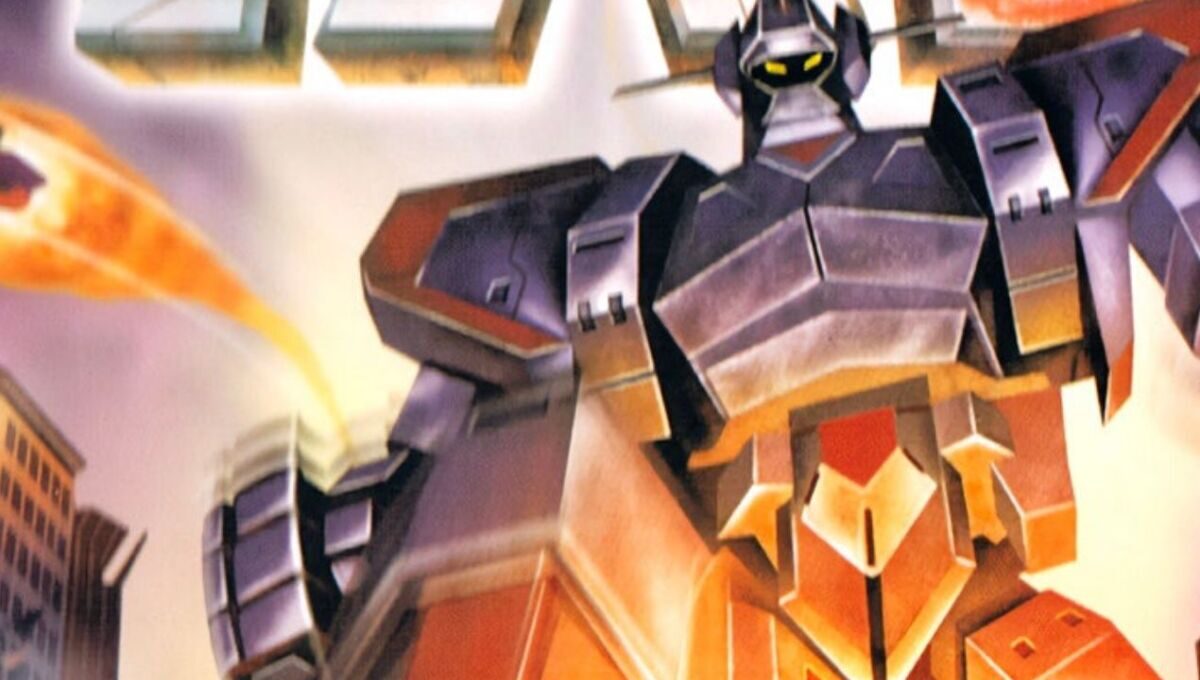
Developer: Sandlot
Publisher: Enix
The PS2 generation of consoles had no shortage of games where you control big robots or kaiju and have a massive scrap in the middle of a bustling city center. Sure, most of them involved Godzilla, which kind of limits your options a little bit, but there’s still a few big robot games out there that have been massively overlooked over the years. One such game that boasts a gameplay mechanic that honestly should be considered for future games in R.A.D. (Robot Alchemic Drive).
Set on an Earth currently being invaded by aliens known as the Volgara, you play as the person controlling the big robot fighting all these aliens. While you control the robot as you would normally, there’s an added twist that makes R.A.D. more strategic and interesting: you pilot the robot from the outside like it’s an RC car, and you need to be within a certain distance for it to work. It becomes a game of two halves, trying to beat up the alien with your robot while avoiding being crushed as a human. Genius stuff.
9. The Matrix: Path of Neo
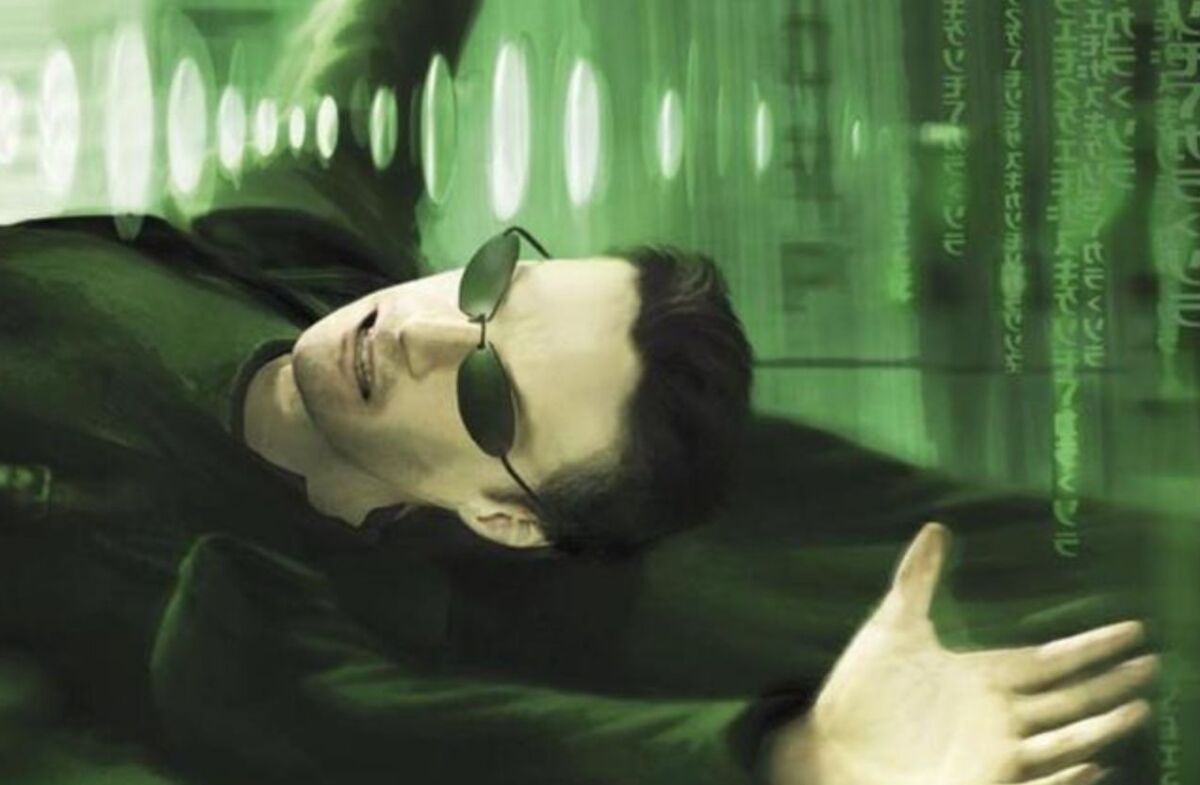
Developer: Shiny Entertainment
Publisher: Atari, Inc.
Like The Lord of the Rings, The Matrix ended up spawning multiple tie-ins across all forms of media. When it wasn’t being parodied on late-night sketch shows or finding itself given new life as a West-end musical (probably), the Wachowskis’ existential sci-fi hit was finding success in the exciting world of the movie-to-video game adaptation. 2003 had given the world Enter the Matrix, but it was Path of Neo where the whole exercise really clicked into place.
Path of Neo isn’t a particularly revolutionary game, nor is it a complex or nuanced one. What the developers at Shiny Entertainment understood, however, was that inhabiting the role of The One was the fantasy wish fulfilment we all craved, and that stepping into the black coat and trendy sunglasses of Keunu Reeves’ kung-fu kicking savior was all anyone wanted back in the early 2000s. It’s all most of us want in 2022.
That’s exactly what Path of Neo gives you: the best action sequences of the movie trilogy repurposed so that you’re in control. This is fan service of the best kind, kicking armed guards in the head, dodging bullets in slow motion and becoming the savior of humanity from the comfort of your basement flat. Thank God they didn’t make us talk to the Oracle for five hours or have a level dedicated to bending spoons, mind.
10. Chaos Legion
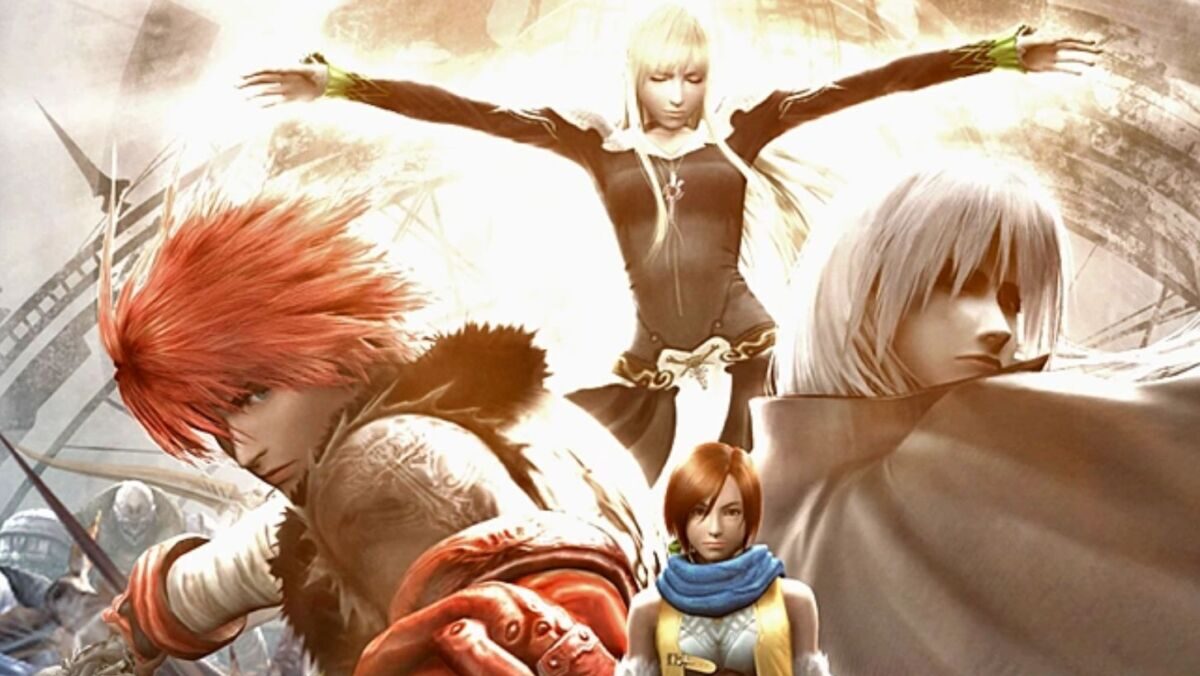
Developer: Capcom
Publisher: Capcom
Capcom set their stall out early in the PS2’s lifespan regarding their goal to conquer the character action genre. Devil May Cry and Onimusha still stand as some of the biggest classics on the platform, but another character action game of theirs, Chaos Legion, doesn’t earn as much love as its publisher stablemates. While it’s true that Chaos Legion isn’t quite as complex or intense as other Capcom action games, it’s still well worth checking out.
A gothic opera set in a world of religious zealots and demons, players control Sieg Wahrheit, a powerful warrior who’s able to summon demonic help known as Chaos Legion to beat up monsters. Searching for a former friend who seeks revenge on the whole world, Sieg can issue commands to the Legion, as they fight alongside him against hordes of enemies. If you’ve grown to love the Nintendo Switch exclusive Astral Chain from Platinum, Chaos Legion serves as an excellent precursor.
READ NEXT: 10 PS2 Games We’d Love To See On PlayStation Plus Premium
Some of the coverage you find on Cultured Vultures contains affiliate links, which provide us with small commissions based on purchases made from visiting our site.
